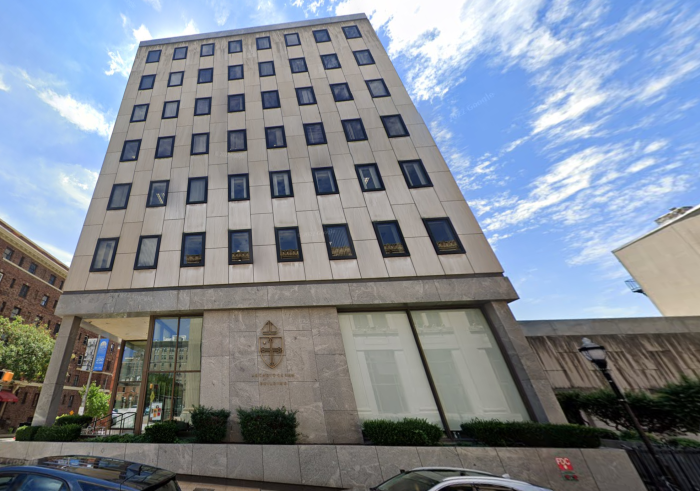Black Catholics lament as Archdiocese of Baltimore plans to cut parishes by half

A group of longtime black Catholics in Baltimore might end up leaving the Catholic Church as the Archdiocese of Baltimore is set to downsize the number of parishes in the city by half under an aggressive restructuring plan called “Seek the City to Come.”
The plan, which was first announced in May, will see 31 of the 61 parishes merging with others to reduce the number in Baltimore to 23, according to The Baltimore Banner. The number of worship sites in the archdiocese will also be reduced from 59 to 30.
Ralph Moore, a lifelong black Catholic who has served on various committees on race, racism and poverty for the Archdiocese of Baltimore, told the Banner that the archdiocese's decision to slash the number of parishes in the city and move congregants around like pawns is "cold" and "heartless."
“We are faced with official evictions from our long-time church homes. Archbishop William Lori of Baltimore and his urban vicar, Auxiliary Bishop Bruce Lewandowski, have done this because they think they can,” Moore wrote in the Black Catholic Messenger last month. “They are cold, heartless, self-serving men, who take care of themselves using our church offerings and, with their authority, contradict the Gospel of Jesus Christ by effecting separations when they should be giving reparations to Black Catholics.”
He argued that several of the parishes on the chopping block have already had their pastors removed and said many black Catholics will leave the Catholic Church because of the decision to shutter the parishes.
“New church homes and new leaders have created vast unsettling and emotional chaos within the archdiocese. Some of us are very angry; vast numbers will be leaving the Catholic Church altogether — just before Christmas. Unfortunately, Lori and Lewandowski have overestimated their ability to move black Catholics around like pieces on a chess board,” Moore wrote, contending that the Catholic Church has a long history of treating blacks like second-class members.
Of the 61 parishes in Baltimore, 16 are predominantly black while six are predominantly Hispanic, according to data highlighted in the “Seek the City to Come” plan.
“The ‘Seek the City to Come’ archdiocesan reorganization is a gross failure and a final indignity for those of us who have endured, even as our non-Catholic family and friends have asked us disapprovingly why we’ve stuck around as Catholics,” Moore said.
In a Q&A on the “Seek the City to Come” website, the archdiocese asserted that the needs of ethnic and racial minority parishioners “have remained prominent” in the restructuring process.
“We are blessed to enjoy rich diversity as an archdiocese and nowhere is it more evident than among our parishes in Baltimore City and the surrounding areas. Throughout the listening, visioning, discernment and modeling stages, the needs of Black and Hispanic parishes — as well as those of other ethnic congregations — have remained prominent. Our reimagined, realigned, and revitalized parishes and ministries must be beacons of radical hospitality, welcoming all and actively bringing Christ’s healing presence to those in need,” the archdiocese said.
The archdiocese noted that when Catholic Churches were built in Baltimore City it was a response to a growing population.
“In the 1950s alone, more than a dozen churches rose to accommodate a population boom that led to the city’s highwater mark of nearly 1 million residents. Now, the population in the city stands at fewer than 570,000 people. As public leaders have grappled with an outsized infrastructure with too many structures, such as schools and fire houses, so must the archdiocese,” leaders explained.
It was further noted that the COVID-19 pandemic and subsequent lockdowns helped accelerate the loss of members, which had already been happening for decades.
“Over the past decade, we have, in fact, become smaller. Mass attendance has decreased and the COVID pandemic exacerbated the challenge,” the church said. “What we are doing now is wisely realigning our human and material resources so that ministries are better focused and fortified in ways they can make greater impact.”
Contact: leonardo.blair@christianpost.com Follow Leonardo Blair on Twitter: @leoblair Follow Leonardo Blair on Facebook: LeoBlairChristianPost





























